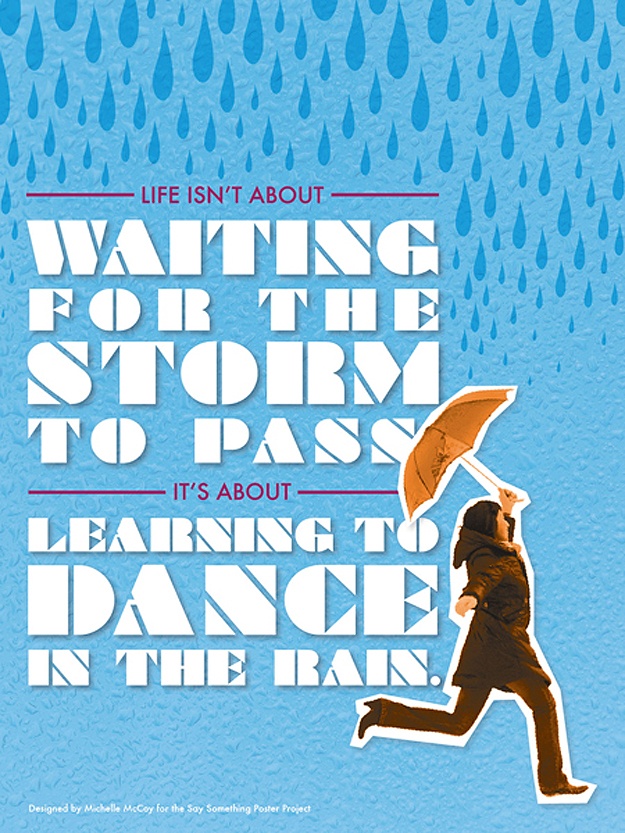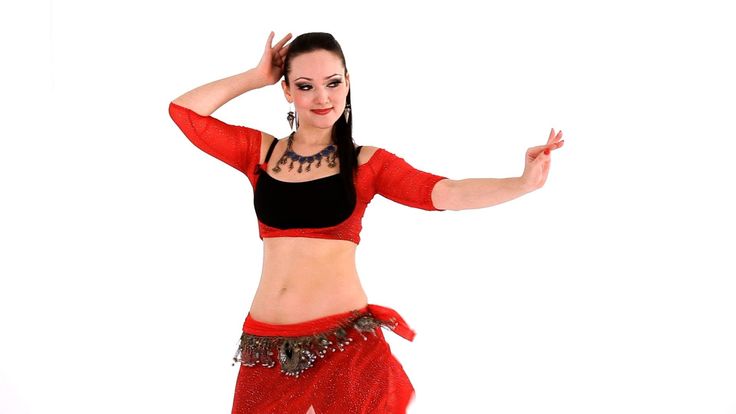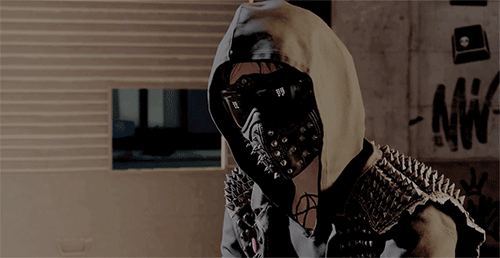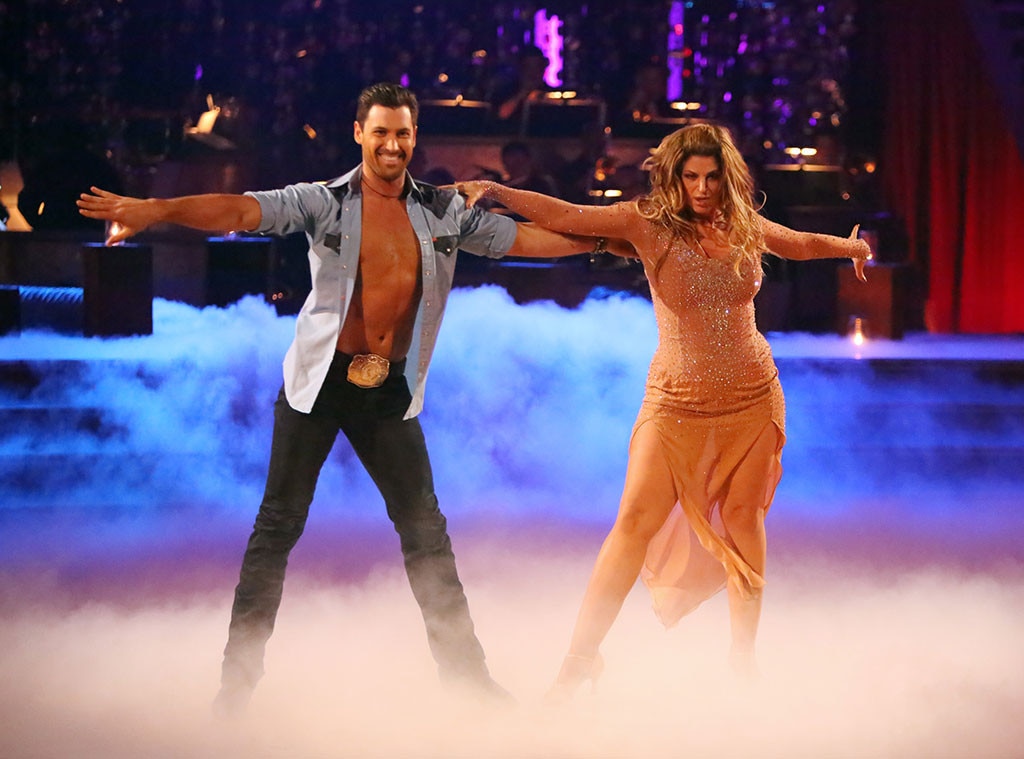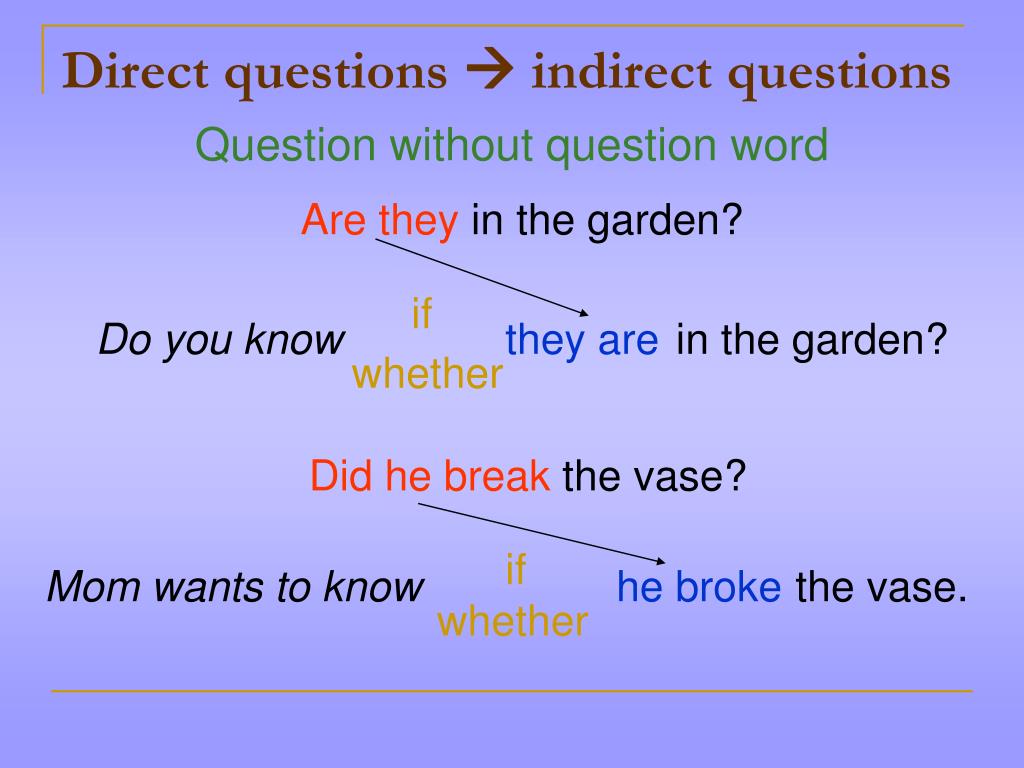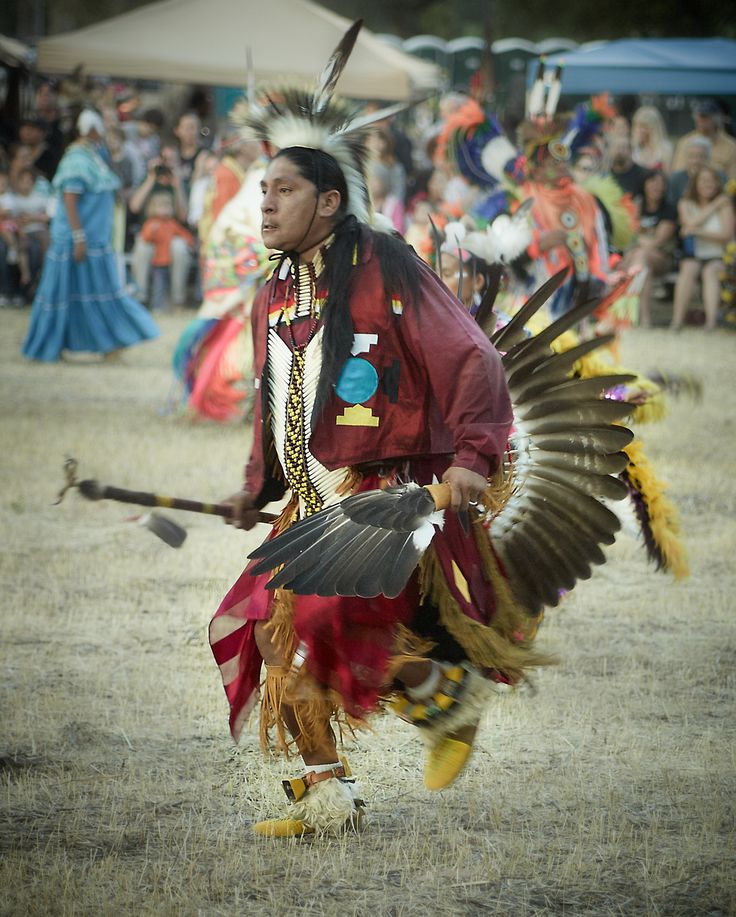How to dance the country two step
Learning the Basic Country Two-Step Dance – Country Dancing Tonight
The Slappin' Leather Line Dance
Please enable JavaScript
The Slappin' Leather Line Dance
I started country dancing about 3 years ago and was able to learn how to do the basic Two-Step country dance after a few private lessons. Looking back I realized it wasn’t as hard as I thought and since then have shown many people the basics to get them going and remove some of the mystery about it.
If you are going out for the evening to a country bar to do some dancing, there will most likely be lots of line dancing interspersed with couples partner dancing. Far and away the most popular partner dancing in the United States is the two-step. Drawing from what I’ve learned, this post will give you the basics to prepare you to be ready when you venture out to your local country bar or dance club.
Basic Positions for the Two-Step
In country two-step there is a leader and follower.
Leader: facing your partner, place your right hand under your follower’s left arm and on their shoulder blade.
Follower: facing your partner, place your left hand on your leader’s shoulder seam.
Both: Join your free hands on the other side and hold up and out at about shoulder height.
Notes:
1. After creating this closed position, the leader should position their feet to the left slightly so your toes aren’t pointing directly at each other, but offset slightly. This way you’re less likely to bang your feet together while dancing.
2. It’s important for the follower to lean back slightly into their leader’s right hand and also to put a little pressure with both their left hand (on the leader’s shoulder seam) and with their right clasped hand.
The idea is to keep a fixed amount of space between each other and with this pressure, the lead can push and pull their partner easily.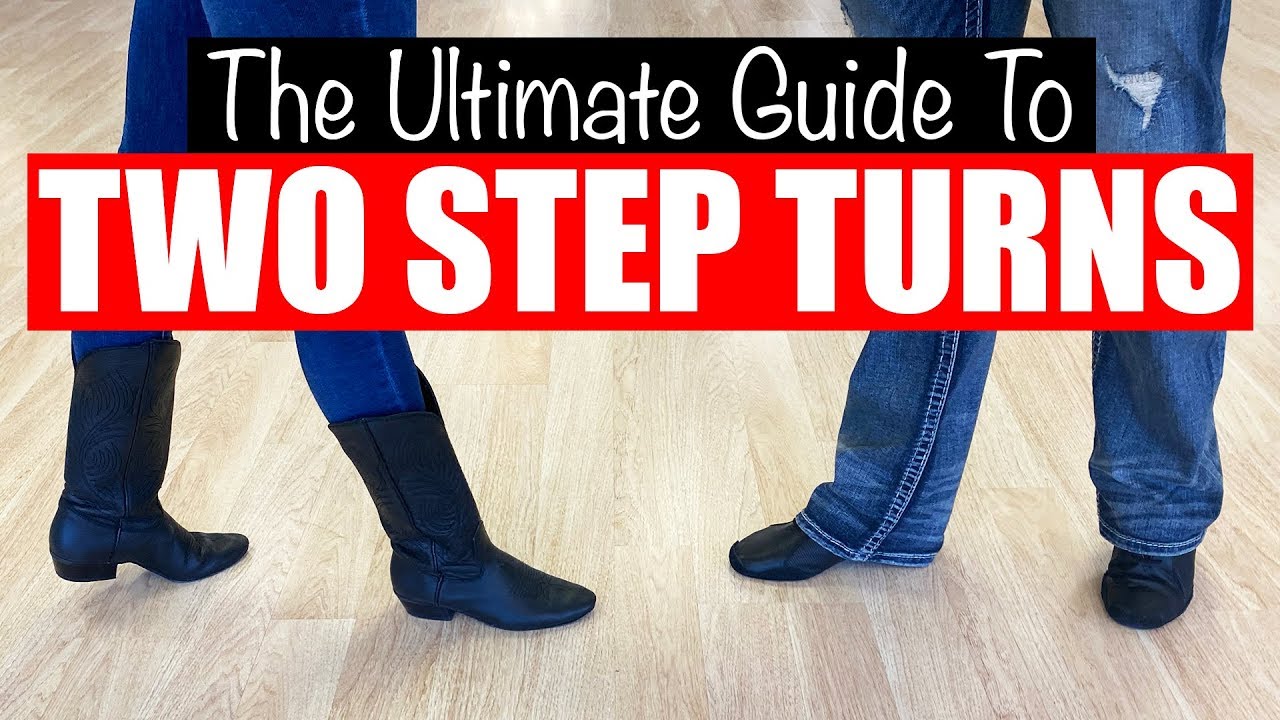 This is known as a good “dance-frame.”
This is known as a good “dance-frame.”
Understanding the Basic Steps for the Two-Step
Two-step dancing consists of two “quick” steps and then two “slow” steps. Knowing when to do these steps is about finding the bass beat of the music being danced to. To get comfortable finding this beat listen to your favorite country songs with this intent. You’ll notice a main beat that you naturally can tap your hand or foot to. In music there is also the “&” beat in-between each basic beat. 1-&-2-&-3-&-4. The Quicksteps are quick because the second one happens on one of these “&” beats. Then you pause or stop for the next “&” and step on the 2nd main beat. This stepping on the “&” beat sometimes and skipping to step on the main beat creates the quick-quick, slow-slow that country two-step is known for.
In this diagram the “bouncing ball” represents steps to either the main beat or 1/2 beat of the music. The wait in between the steps or timing is the key.
For me, as a lead this was the hardest and most intimidating part to getting into country Two-Step. I would ask a lady to dance we would go out onto the floor, assume the correct dance frame and then with other dancers already going I would freeze! I couldn’t hear the beat! I couldn’t start! Honestly, there was no immediate fix to this. It just took some time getting used to hearing and feeling that beat almost subconsciously and naturally so that now I can begin right away.
Tip: I did learn to listen for that beat even before asking someone to dance! This way I was almost already dancing before we started!
Beginning the Two-Step Dance
So, as the lead, there is no absolute beat to start on (like there is with line dancing). You just pick a beat and begin. As the leader, you do signal your partner that you are beginning by leaning in and pushing.
The lead begins with their left foot and consequently, the follower steps backward with their right foot.
Then the 2nd (quick) step is taken by your right foot and the follower steps back with their left.
Then you pause for the “&” and step on the main beat, with your left again, followed by a 2nd “slow” step on your right after skipping another “&” beat.
The diagram above illustrates this.
Line of Dance for Two-Step and Partner Dancing
When you go to any country bar to see partner dancing or any ballroom for that matter you will notice that the direction of traffic on the dance floor is always moving counter-clockwise. This is a big part of dance floor etiquette and is very important!
Notes:
Along with the counter-clockwise line of dance, generally it is understood that the outer lanes are going to be used by the more experienced dancers and (unlike a freeway) is the “fast-lane.” The inside lanes of the dance floor are meant for the slower or beginner dancers. And the more toward the middle of the floor the more it is free of traffic.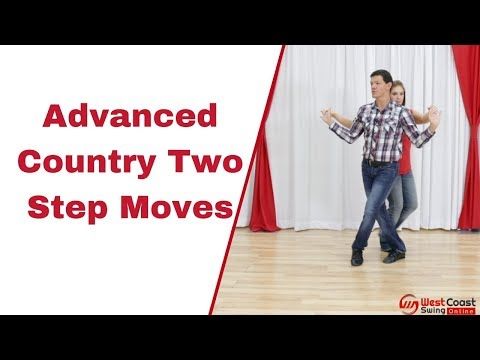 Occasionally there is a really great couple that wants to do some fancy tricks right in the middle open area—so just keep your head up and watch out! It is also pretty common for country bars to allow for line dancing to a given song to happen in the middle while the Two-Step dancers go around them.The Two-Step is known as a “Progressive” or “Traveling” dance and is always danced in a counter-clockwise direction around any dance floor. This graphic illustrates this as well as where to dance as a beginner dancer (inside lane) or more advanced dancer (outside lane).
Occasionally there is a really great couple that wants to do some fancy tricks right in the middle open area—so just keep your head up and watch out! It is also pretty common for country bars to allow for line dancing to a given song to happen in the middle while the Two-Step dancers go around them.The Two-Step is known as a “Progressive” or “Traveling” dance and is always danced in a counter-clockwise direction around any dance floor. This graphic illustrates this as well as where to dance as a beginner dancer (inside lane) or more advanced dancer (outside lane).
Two-Step Dancing Leader & Follower Roles
Leader: As a leader, it is your job on the dance floor to watch and steer your partner safely around the dance floor. After getting a good grasp on the basic two-step, a good next level is to turn your partner and lead backward. However, this doesn’t switch the responsibly to the follower to watch out. The leader now must look over their shoulder and see the traffic and continue to steer the two of you safely around the dance floor.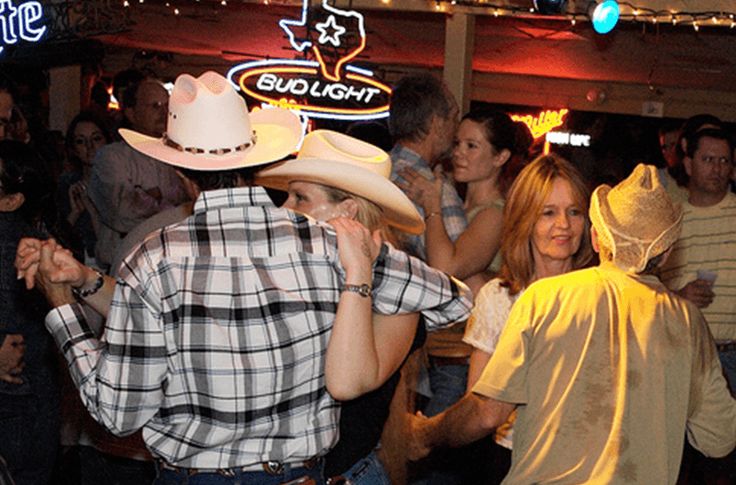
But of course, if the follower sees a collision about to happen they can try to give a heads up! But its really not their job. The leader is to be aware of the space and try to see all the dancers around.
Follower: As the follower, it is important to help maintain that pressure between you and your leader. This is how you will know what they’re doing. If you are getting your feet stepped on by your lead you may be collapsing in and not keeping that pressure.
Different Styles of Two-Step Dancing
While the timing for the Two-Step is agreed on universally, there are some differing thoughts about style. This observation of style has to do with timing and is really a discussion for the leader. The main one I’ve heard is how big your steps should be and if your speed is constant or variant. It stands to reason that maybe for a “quick” step you can’t step as far, but for a “slow” step you can take a bigger longer step. But some would say, no, just take longer to make the step! So, all steps are the same distance. I’ve also heard when you do the quick step it should be as if someone “pushes you from behind” hence you’re speeding up at that moment, to then slow down at the “slow-slow.” I don’t think it matters much! The main thing is that as the leader, whatever style feels right for you, you are a good lead and your follow can feel it and pick it up.
I’ve also heard when you do the quick step it should be as if someone “pushes you from behind” hence you’re speeding up at that moment, to then slow down at the “slow-slow.” I don’t think it matters much! The main thing is that as the leader, whatever style feels right for you, you are a good lead and your follow can feel it and pick it up.
Two-Step Dance Routines
The Basic dance frame “closed” position, the steps, timing, how to start and understanding the leader and follower roles is all you need to get out on the dance floor and begin! At this point, you are ready to go out dancing and move around the dance floor – in a counter-clockwise direction!
This all provides the foundation for Two-Step and can be built upon throughout years of dancing enjoyment. The following are a few added dance moves and routines to add to your growing repertoire.
180º Turn – This is a simple turn of the both of you initiated by the lead. The turn is accomplished by the lead using the first slow to move his partner to the right out of the “track” and then completing the full turn of both partners on the second slow. Then the next quick-quick is the lead walking backward, pulling the follower who is now walking forward.
Then the next quick-quick is the lead walking backward, pulling the follower who is now walking forward.
Outside Turn – Possibly more common than turning around might be just turning or spinning the follower. This is accomplished by a small “prep” or signal to the follower with the left hand and turning them around by pulling their hand away from you so they turn clockwise. They will follow their right shoulder. As they come around the leader will reposition their right hand back under the shoulder blade.
Sweetheart Position – This not necessarily a dance move, but another way to progress around the dance floor beside the “closed position.” When in “closed position” the leader just pulls the follower in for a 1/2 inside turn switching hands. Both partners look forward, both holding right hands in front and left hands held above the follower’s shoulder. The Sweetheart Position gives the follower a nice break from always traveling backward.
Extra: Once you have this down, try moving to it while the leader is traveling backwards! This forces the lead to be the one turning to walk forward.
Two-Step Dancing Tutorials
This post obviously isn’t intended to turn you into a world-class Two-Stepper overnight! There are many other intermediate and after that advanced routines or patterns to learn! The ones explained above will be a great start and allow you to blend in pretty well with a typical night of Two-Stepping at your local country bar. Below are some great video tutorials showing some of the basics covered above. These videos also add additional tips and will take you farther. Enjoy!
https://youtu.be/xoscqzFdwB0Video can’t be loaded because JavaScript is disabled: How to Do the 2-Step | Line Dancing (https://youtu.be/xoscqzFdwB0)
To begin with, this brief tutorial from Robert Royston, a 5-time country dance world champion goes over the basics!https://youtu.be/2NPdOQyqCkcVideo can’t be loaded because JavaScript is disabled: HOW TO DANCE TWO STEP – Country Two Step Dancing For Dummies (https://youtu.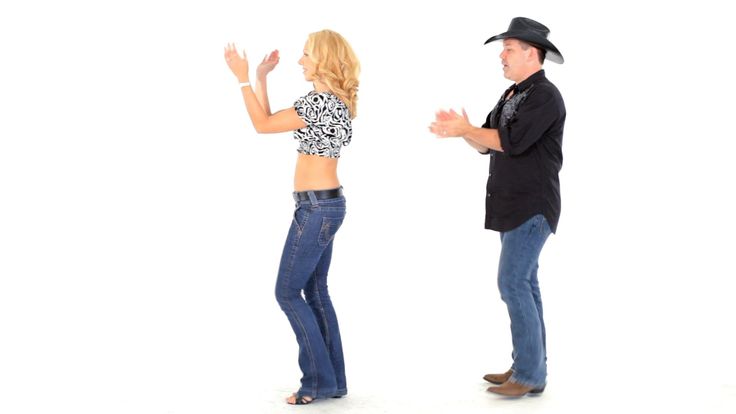 be/2NPdOQyqCkc)
be/2NPdOQyqCkc)
https://youtu.be/4-2MHaNny8gVideo can’t be loaded because JavaScript is disabled: Beginner Country Two Step Dance Tutorial | Basic Two Step Patterns (https://youtu.be/4-2MHaNny8g)
Lastly, here is a more lengthy and equally reliable tutorial from another equally qualified couple going through several patterns for the Two-Step.Two Step Dance | Learn the Basics of Country Two Step
Every beginner country dancer needs to learn the basic patterns for country two step. If you want to learn how to country two step, also called progressive two-step, you’re in the right place. Two step is a fun dance that travels around the line of dance with walks and spins to fast country music. First, we need to master the basic steps. Below is a simple syllabus to get you started on the basic two step patterns as a beginner.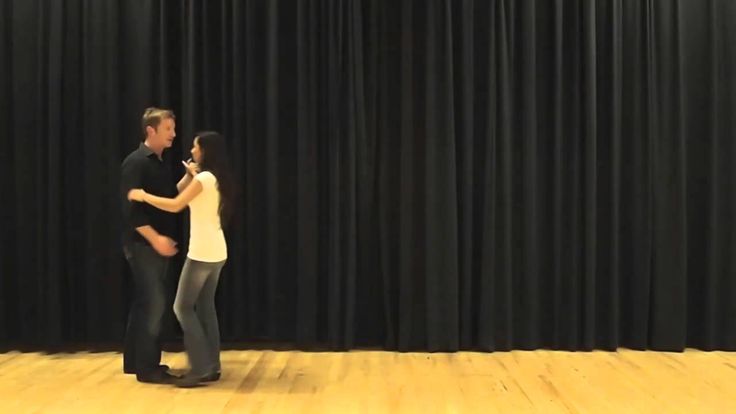
TAKE ACTION> Download our Basics of 2-Step Video for FREE
Powered by Convert Plus
TAKE ACTION> Jump to the Two Step Basic Patterns on this page
What is Country Two Step?
Country Two Step also known as Texas Two Step is a fun social dance seen in dance halls and country bars all over north america! It’s a partner dance that follows a counter clockwise pattern around the dance floor with lots of spins and wraps. Although it’s typically done to country music, there is plenty of two stepping done to non country music as well!
What is Texas Two Step?
Is it different from Country Two Step, Triple Two Step or Nightclub Two Step?
Texas Two Step is essentially the same as Country Two Step!
It IS different from Triple Two Step and Nightclub Two Step (don’t worry we will explain below)
This is what the basics of Country Two Step AKA Texas Two Step look like.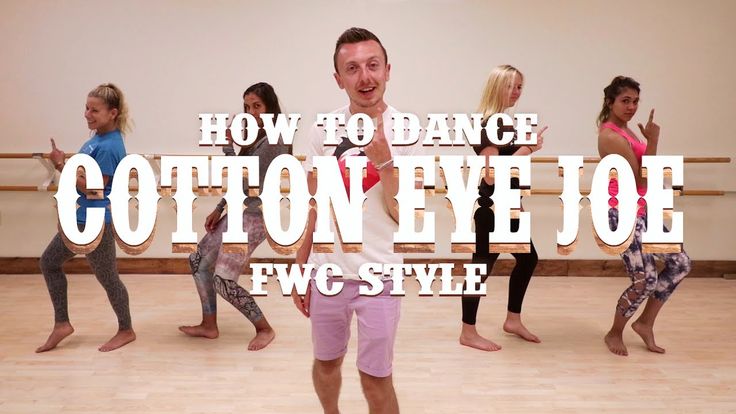
Remember dance is like language. You’ll find different accents in language across the country just like you’ll find different versions of two step across the country as well. Rest assured Country Two Step and Texas Two Step is all the same dance with slight regional differences.
However there are ‘two steps’ associated with country dancing that ARE different.
Triple Two Step and Nightclub Two Step (AKA Nightclub) are totally different.
What is Triple Two Step AKA Triple Two?This is NOT Texas Two Step nor Country Two step!
It is it’s own form of two step thought. Confused?
Don’t worry we will make it clear as we go 🙂
What is Nightclub Two Step?This is NOT Texas Two Step nor Country Two Step!
To avoid confusion this dance has changed its name and is just known as Nightclub.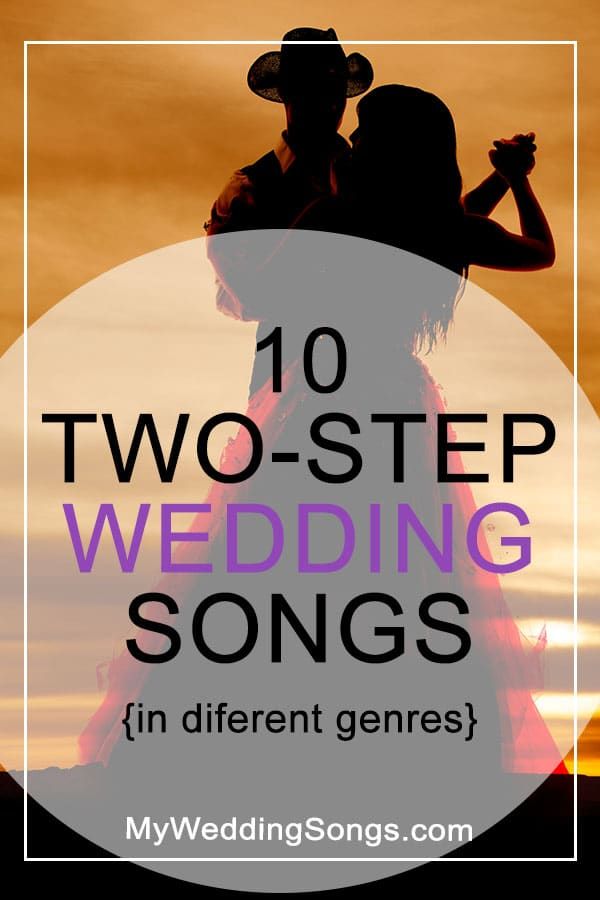
Slightly less confusing 🙂
Country Two Step Basic Patterns
Ok now it’s time to learn the Country Two Step Basic patterns In this beginner two step tutorial you’ll lean all the basic patterns you need to look great on the dance floor, even as a beginner! Lean the basic, the outside turns, the inside turns and the couples turns!
Country Two Step Beginner Patterns
Below is a list of individual patterns that you’ll need to know as a beginner. These are the country two step basics that you’ll need to know to feel comfortable in a honky tonk, dance hall or dance studio anywhere in the world! Sometimes two step is called traveling west coast swing.
Forward Basic in country two step
The man traveling forward and the lady backward in closed or open dance position, walking with a series of four walks to the basic timing of quick, quick, slow, slow. Walks may be dance with either a heel or toe lead. This is a debatable topic among many dance professionals, with camps on both side of the fence (or should I say foot)?! An alternate timing is to count by the numbers: 1, 2, 3, 5 (holding counts 4 and 6, as they are part of the slow beat).
Backward basic and transition from forward to backward for country two step
This is the same as the first pattern, except the man travels backward while the lady walks forward. To transition from the forward basic to the backward basic, there needs to be a few side steps or chasses to smooth the change of direction.
Lady’s Right Turn ending in Promenade for country two step
The man preps the lady for a right, or outside turn, on the second slow. He leads her spin on the quick, quick, and finishes in frame in the promenade position, with both the leader and follower facing the line of dance, ready for the next pattern.
Lady’s Left Turn to Wrap for country two step
The man preps a left or inside turn for the lady on counts slow, slow, by leading a subtle swivel action with his hands and body. The follower turns to the left on the quick, quick, with her arms wrapping up into the cuddle position around her waist.
Lady’s Right Turn to Back Line of Dance for country two step
The man follows the same procedure as the previous right turn for the lady, except finishes with both partners backing the line of dance. This is the preparation for one of the most popular basic patterns, often referred to as a weave or lace. The free arm may be stylized straight out to the side for both the leader and the follower.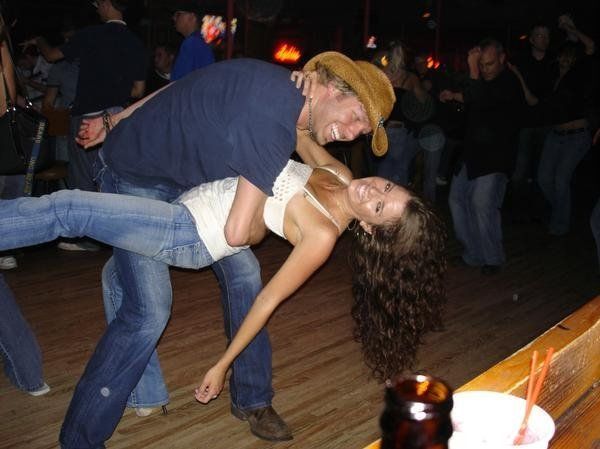
Chasse to Forward Line and Back Line
A chasse (or side together side) is danced facing your partner, first ending in a cross over break line, and then repeated to end in the original line, backing the line of dance.
Patty cake Vine
This combines elements of the chasse with the popular grapevine, which cross back, side, and front. Lady’s left turn to back line of dance or face partners. An inside turn for the lady is a great way to transition to different positions on the floor and to end the current position. Inside turns are generally easier for the follower to dance well.
Check weave
This pattern is the heart of the dance. Many intermediate and advanced patterns stem from this one beginner pattern. So it is very important to master and understand the connections for this figure. This step involves an inside turn for the lady. This is similar to the check weave except is danced with a lady’s outside turn, instead of an inside turn.
Two Step Dance Moves
There are an endless set of two step dance moves you can learn. First you need to master the basics. Then the followers have to be comfortable with their spins and turns in two step. Once you’re comfortable, it’s time to start learning some new patterns. The best way to learn them is with a membership to our website. It’s like Netflix for Dancers! All the moves are laid out step by step so you never have to worry if the next pattern you’re learning is within your skill set. We’ve taken the guesswork out. Give it a try!
Country Two Step Music
Now that you’re dancing you’ll need some tunes to dance to. We’ve got you covered. On the other side you’ll get our top 10 Two Step Dance tunes as well as over 100 songs that you can practice to. We have lists for country music lovers AND music suggestions for non country music as well.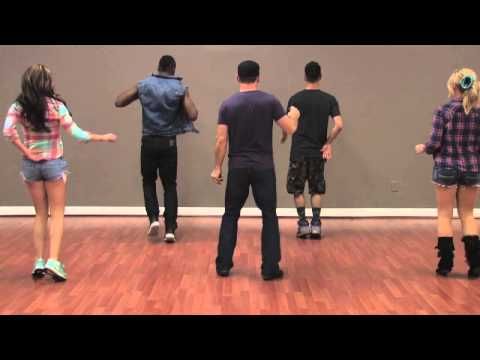 Winner. See our Country Two Step Song List here.
Winner. See our Country Two Step Song List here.
The next big step in learning how to two step dance!
Inside our members area we have 0ver 500 instructional videos to help you learn all styles of country dance. Two Step, East Coast Swing, West Coast Swing, Cha Cha, Nightclub, Waltz and more. You can grab a free membership and get access to 50 videos to help you improve totally FREE. Grab your Free Membership
How to Dance Like a Pro (with Pictures)
').insertAfter("#intro"),$('
').insertBefore( ".youmightalsolike"),$('
').insertBefore("#quiz_container"),$('
').insertBefore("#newsletter_block_main"),ja(!0),c=document.getElementsByClassName( "scrolltomarker"),a=0;a
In this article:
Find your style
Practice the movements by yourself
Change your lifestyle
How to reach the goal nine0003
Show 1 more.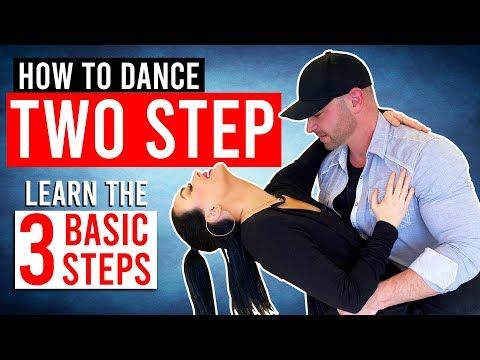 ..
..
Show less...
Additional articles
Sources
Dancing is not only an art form, but also an excellent body workout. If you admire the dancing people around you, you can learn to dance too. All you have to do is find your style and decide what level you hope to reach. You will then have to practice your moves to get better and take your skills to the dance floor.
Steps
-
1
Use videos and films. Through various dance movies and videos, you can get an idea of what you like and what you want to know. Next, you can go to the instructional videos to start learning the dance moves.
-
2
Be like an introductory class. Try classes that cover different types of dance to find your favorite. In addition, the teacher can give you a safety briefing. nine0003
-
3
Watch the professionals. Experience shows that you can learn a lot by watching other people.
 In fact, from a psychological point of view, watching people dancing will allow your brain to add the right call to action to your mental maps. Also, you can see what certain steps look like when done correctly. [1] X A source of information
In fact, from a psychological point of view, watching people dancing will allow your brain to add the right call to action to your mental maps. Also, you can see what certain steps look like when done correctly. [1] X A source of information - Go to a professional show to see the pros at work or visit your local dance school. Often, these schools give demonstrations that are open to the public. nine0040
-
4
Go to various dance clubs. There, you can watch other dancers and even copy their movements. Plus, if you try out a variety of dance clubs, it can help you decide on the type of dance that you enjoy. Try everything from hip-hop clubs to country and two-step clubs. Don't be afraid to try yourself on the dance floor. Give the movement a chance, you might like it. nine0003
-
5
Decide which type of dance you would like to play. You don't have to stick with this decision forever.
 Just choose what you like. You can try ballet, modern dance, jazz, ballroom or even national dance.
Just choose what you like. You can try ballet, modern dance, jazz, ballroom or even national dance. -
6
Set a goal for yourself. Do you want to learn how to dance professionally or do you just want to learn cool dance moves for a Saturday night? Are you trying to learn ballroom dancing for your wedding? Decide what skill level you want to achieve because this will determine your level of commitment. For example, it will take you years to learn how to dance professionally, while at the same time you can probably learn how to dance for your wedding in a month or two. nine0085 [2] X A source of information
Advertising
-
1
Watch the dance video. Dance video will help you learn some steps and technique. Choose a tutorial video instead of just trying to copy the moves you like. The tutorial video will show you how to do it without you having to guess.
-
2
Find a quiet place to dance where you won't disturb other people.
 nine0038 You will need some space and a level, non-slippery floor. Remember that you will be making some noise, so you need a place where you won't disturb people.
nine0038 You will need some space and a level, non-slippery floor. Remember that you will be making some noise, so you need a place where you won't disturb people. -
3
Decide what kind of music you will use and how you will play it. The music must be appropriate for the type of dance, although most types of dance include a wide variety of music. But usually classical music is used in ballet, while the current music industry offers a wide selection for modern dance. nine0003
-
4
Practice every day. Practicing will strengthen your brain and remember the movements of your body. [3] X A source of information
-
5
Don't be afraid to do something wrong. Children learn faster because they are not afraid to look stupid. If you mess up or have difficulty with a particular movement, don't take it as a sign that you need to stop dancing.
 It just means you need to practice more. Get up and try again. nine0133[4] X A source of information
It just means you need to practice more. Get up and try again. nine0133[4] X A source of information -
6
Be careful. Do not jump over your head, learn gradually. Otherwise, you may be injured.
-
7
Choose your clothes carefully. For training, wear clothes that do not restrict your movement, but not too loose, so as not to get tangled in it. Remove all jewelry so that they do not fly off you during training. In choosing shoes, give preference to dance shoes, as they have a soft sole, which is well suited for turns. Also gather your hair so that it does not interfere with you. nine0151 [5] X A source of information
-
8
Try putting on your own dance to your favorite song. This will not only be good practice, but will also allow you to get acquainted with the world of choreography, which is good if you get into a professional environment with the participation of choreographers.
 [6] X A source of information
[6] X A source of information -
9
Use the Internet. Sites like "Giveit100" will let you record your progress with new skills, allowing you to be approved by members of the community. It will also allow you to see how far you have come since your first day of dancing. nine0171 [7] X A source of information
-
10
Pay attention to mistakes and try to correct them. Practice in front of a mirror so you can see how your dance looks from the outside. If you practice dance moves without seeing them from the outside, you may not be doing them correctly. [8] X A source of information
Advertising
-
1
Eat right. nine0038 Dancers need to eat healthy food to keep their body energized. [9] X A source of information If you exercise often, you need enough calories to maintain a given rhythm.
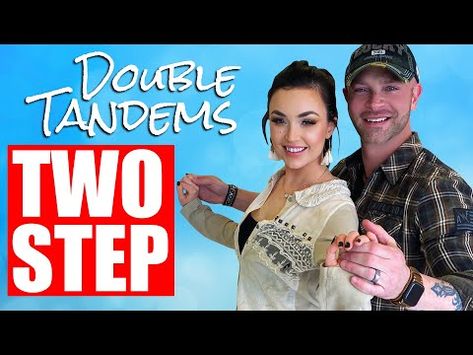 However, if you dance infrequently, you may need to cut down on your calorie intake to keep your body in shape for dancing.
However, if you dance infrequently, you may need to cut down on your calorie intake to keep your body in shape for dancing. - Include enough protein in your diet. In addition, eat more fruits and vegetables to avoid vitamin deficiencies and stay strong. nine0040
-
2
Do a set of exercises. To dance well you need to gain muscle mass and develop endurance.
- Activities such as swimming, skiing, jump rope and cycling provide a complete workout for a strong body. [10] X A source of information
-
3
Develop plasticity. Dancers need to be as flexible as possible to perform the required dance moves. To gain flexibility, sign up for a yoga or Pilates class. As an added bonus, these types of physical activities will increase the strength of your spine, allowing you to dance even better. nine0223 [11] X A source of information
-
4
Learn to balance.
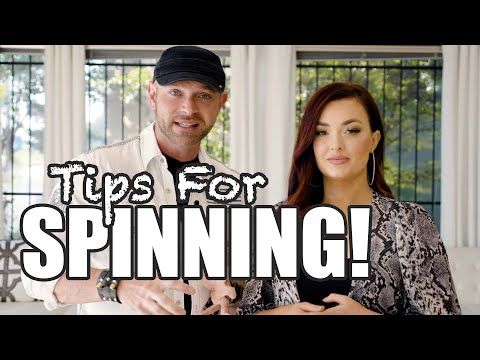 The ability to balance is also an important part of dancing, as you need to keep your balance in sharp dance moves in order to stay on your feet. Yoga and Pilates classes can help you with this, as can programs like tai chi. Tai chi will also help reduce stress and improve flexibility. [12] X Reliable source Mayo Clinic Go to source nine0056
The ability to balance is also an important part of dancing, as you need to keep your balance in sharp dance moves in order to stay on your feet. Yoga and Pilates classes can help you with this, as can programs like tai chi. Tai chi will also help reduce stress and improve flexibility. [12] X Reliable source Mayo Clinic Go to source nine0056 Advertising
-
1
Sign up for classes. If you want to become professional dancers, you will need the appropriate training. You will be required to complete various classes, starting with beginner classes and progressing further as you develop your skills. However, training can be useful even if your goal is simply to learn two-step for a local club. To keep classes affordable, look for a dance school near your home, special dance programs in your city, and even at your educational institution. nine0003
-
2
Choose dance as your main subject at the institute.
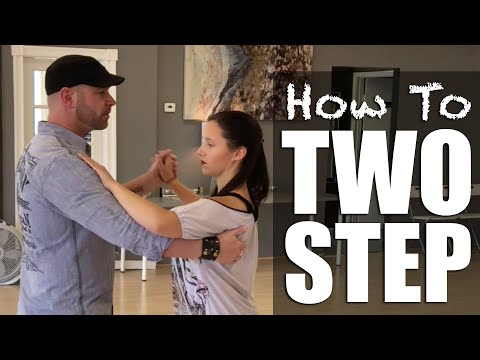 You can also dance at the university without compromising your studies. However, these programs are usually in high demand and therefore difficult to get into. Also keep in mind that many dance programs have specific weight requirements that you must meet in order to participate.
You can also dance at the university without compromising your studies. However, these programs are usually in high demand and therefore difficult to get into. Also keep in mind that many dance programs have specific weight requirements that you must meet in order to participate. -
3
Sign up to audition for a local theater. nine0038 If you have already tried a few classes and liked it, try to qualify for a local theater dance troupe. Most local theaters recruit non-professional amateurs just like you into their programs. Therefore, you will be in good company.
-
4
Put on a dance for your wedding yourself. Discuss with your significant other the question of self-staging a dance for your wedding. It's the only way to make your first dance as a couple really special. nine0003
-
5
Go to the club. Maybe you want to impress your friends on the dance floor. If that's you, then hit the club this Saturday night.

Advertising
Advice
- Dancing is a great exercise. Therefore, such exercise programs as Jazzersize and Zumba were created. Because it's fun and allows you to train for longer if you want to get in shape. nine0288 [13] X A source of information
Advertising
Warnings
- Do not try difficult tricks, flips or jumps if you are just starting out. You can easily hurt yourself if you do something wrong.
- If you experience severe pain while dancing, seek medical attention.
Advertising
Sources
About this article
Other languages
Wiki How to Dance Like a Pro
Dancing is not only an art form, but also a great body workout. If you admire the dancing people around you, you can learn to dance too. All you have to do is find your style and decide what level you hope to reach. You will then have to practice your moves to get better and take your skills to the dance floor.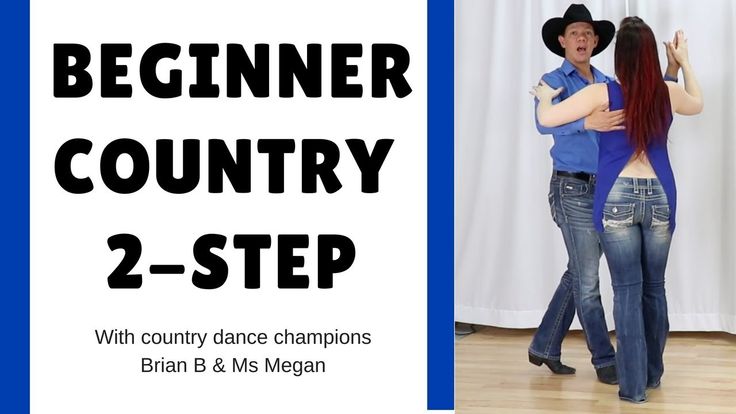
This page has been viewed 19,857 times.
Advertising
History | Blackpool Dance Fest
The idea for the festival is believed to have come from either Mr. Harry Wood, Musical Director of the Winter Gardens, or Mr. Nelson Sharples of Messrs Sharples & Son Ltd., the Blackpool sheet music publishers who published all the sheet music for the festival. New dances invented by the presenters in the ballrooms "Empress" and "Tower". In those days, dances in the ballrooms consisted mainly of sequence waltzes, lancers, two steps, and many novelty dances. nine0003
The first Blackpool Dance Festival took place during Easter week 1920 in the magnificent Empress Ballroom in the Winter Garden. Modern ballroom (“English style”) and Latin American dances had not yet developed, and this festival was dedicated to three competitions to find three new consecutive dances in three tempos - waltz, two-step and foxtrot. There was one competition each day, and on the fourth night, one dance was chosen as the winner and its inventor was presented with the Sharples Challenge Shield.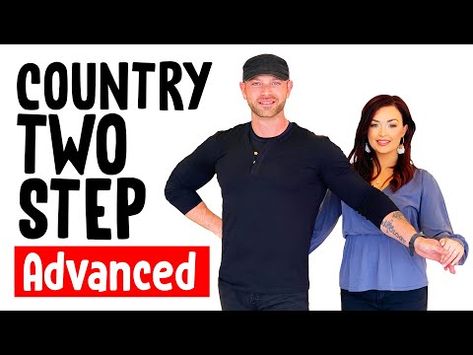 The first chairman of the jury was Mr. James Finnigan, who later became co-founder and first president of the United Kingdom Professional Dance Teachers Alliance. nine0003
The first chairman of the jury was Mr. James Finnigan, who later became co-founder and first president of the United Kingdom Professional Dance Teachers Alliance. nine0003
This format of the new Sequence and Novelty Dance continued until 1926, although the Stage, Country and Morris dances were introduced in 1922. Stage dancing flourished, but after two years, country dancing ceased to exist.
After the change of leadership in the Winter Gardens, it was announced that there would be no festival in 1927. However, Dancing Times stepped in and, as usual, held a stage dancing section, but only amateurs from Northern England entered. Foxtrot competition. nine0003
It was decided to revive the Blackpool Dance Festival in June 1929. Events included the North of England Professional and Amateur Championships, the Velet Amateur Competition, the Veteran Waltz Competition, and the Original Dance Sequence Competition. The Sir John Bickerstaff Shield was presented to the winner of the Original Sequence Dance Competition from 1929 to 1939.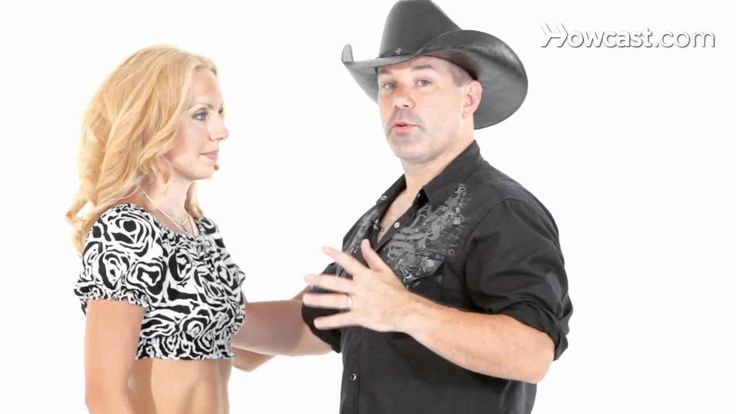 Mr. PJS Richardson became Chairman of the Jury and remained in that role until his retirement at 1960 year. He also became the first Chairman of the Official Council. The Ballroom Dance Society was formed in 1930.
Mr. PJS Richardson became Chairman of the Jury and remained in that role until his retirement at 1960 year. He also became the first Chairman of the Official Council. The Ballroom Dance Society was formed in 1930.
At this time the dance began to change and people became interested in the developing "English style" of dancing. The Blackpool Dance Festival finally abandoned its northern image in 1931 with the opening of the British professional and amateur ballroom dancing championships. There were 250 preliminary heats in amateur competitions throughout the country, of which about 40 were in district finals. Their winners then qualified to dance in Blackpool in the Grand Final. At 19In 1937, Blackpool introduced the speed skating system for scoring competitors, which is still used in Blackpool and around the world.
After the war broke out in 1939, the festival was very limited in 1940, but then everything closed for five years and reopened in 1946. From that moment on, stage dancing events were completely eliminated.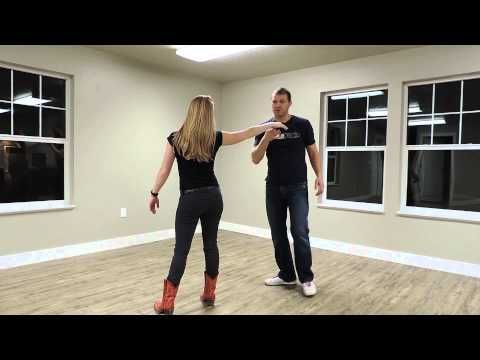 However, for the first time, a new event was included, the British Amateur Old Time Sequence Championship, which was hugely popular. nine0003
However, for the first time, a new event was included, the British Amateur Old Time Sequence Championship, which was hugely popular. nine0003
Mr. Bunny Hayward died the same year. He has been a regular host at the Empress Ballroom and the festival's entertainer since 1929. He was also co-director with Mrs Ida Ylett at the Blackpool School of Dance. This meant that Mr. P.J.S. Richardson became the entertainer as well as chairman of the festival's jury. Mr. W. H. Smith became the secretary of the festival, and in 1954 Mrs. Ilett became the first official organizer of the dance festival.
Due to the popularity of the Sequence, Winter Gardens decided to hold an Old Time Ball on October 1950 years old and it was considered the first Blackpool Sequence Dance Festival.
The original Blackpool Dance Festival continued to grow and in 1953 the competitions became the Northern England Amateur and Professional Championships, Ballroom Dancing, British Amateur and Professional Ballroom Dancing Championships and Professional Exhibition Dancing.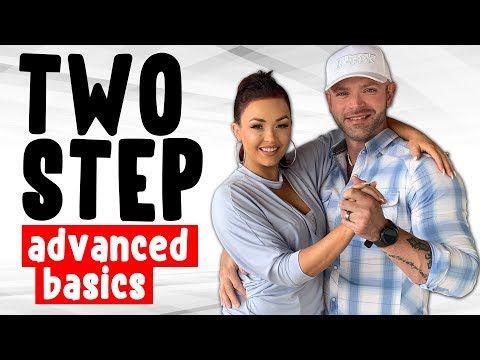
As early as the 1930s there were strong links with Denmark through interscholastic activities with the Blackpool School of Dance, but only in the 19In the 1950s, an influx of foreign participants began. A special box for foreign guests was set aside on the south balcony of the Ballroom. The visitors sat in this box until by 1980 there were so many foreign participants and spectators that the box had to be discontinued as it was completely impractical. Fifty countries have been represented at the Festival over the past few years, including a large number from Japan, Germany, Italy and the United States.
The emergence of Latin American dances had a great impact on the dance world. At 19A British amateur Latin tournament was held in 1961, followed by a professional tournament in 1962. In 1964, these two tournaments were upgraded to championship status.
As more and more foreign participants came to Blackpool, it was decided to organize a small festival for British participants only, and in November 1975 the first British indoor dance festival was held in the Empress Ballroom.


